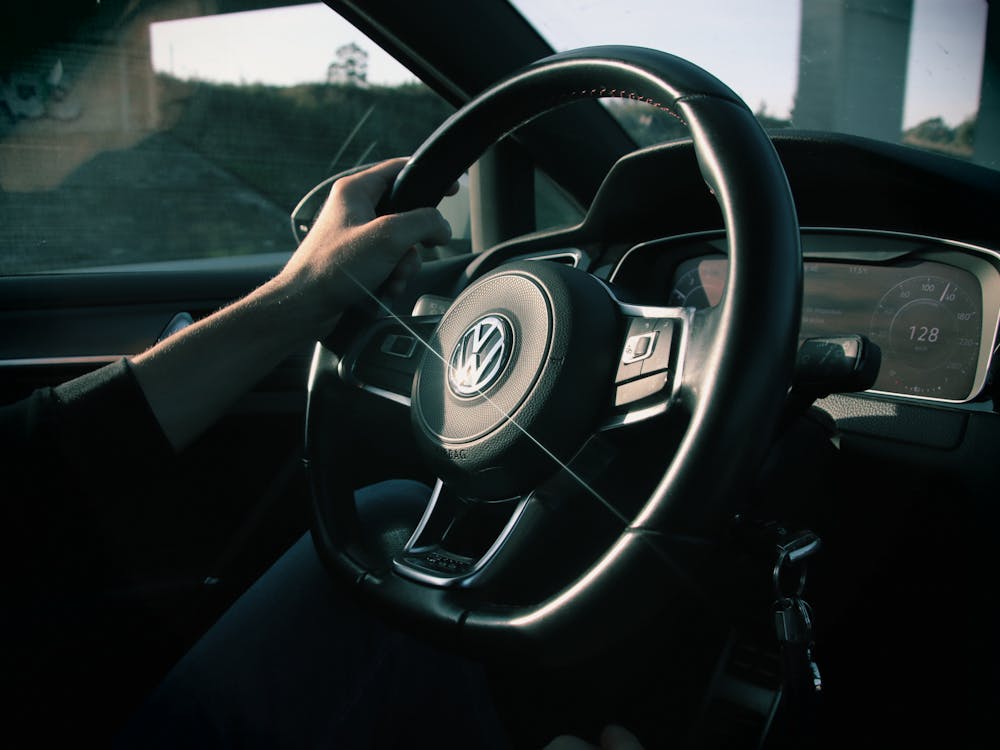
Top Mistakes New Drivers Make and How to Avoid Them
As a new driver, starting your road venture is undoubtedly an exciting milestone but also daunting at the same time. This is because safe and responsible driving requires skill and responsibility, a combo built through patience.
New drivers often make mistakes since they lack the experience accrued through time. Knowing the top mistakes new drivers make can help to avoid them and, at the same time, increase road safety.
This guide outlines the top mistakes common to new drivers and, most importantly, the best ways to avoid them. Thanks to this, you can keep the thrill of your newfound independence at bay, which helps you steer smoothly while ensuring your safety and that of others on the road. So, buckle up, and let’s dive into the details of new drivers’ challenges and mistakes.
Speeding
Speeding is one of the most common mistakes new drivers make. When almost everyone behind the wheel understands that speeding is a risky driving habit, new drivers are often prone to it simply due to the thrill of driving, the desire to keep up with heavy traffic, or simply because they don’t want others to misjudge them for their speed.
According to statistics, speeding has contributed to almost 30% of traffic facilities. This is mainly because speeding reduces your reaction time in case of unexpected events, such as if the car ahead of you stops abruptly.
Tips to avoid speeding:
- Always avoid going over the speed limit of your car.
- Avoid reckless driving like cutting through traffic unnecessarily
- Always plan ahead of time to avoid the temptation to Overspeed
Distracted Driving
Distracted driving is another leading cause of accidents, and new drivers mainly fall victim to these accidents. Some of the most common driving distractions include calling or testing using phones, eating or setting the GPS.
Tips to Avoid Distracted Driving
- Keep your phone away
- Set your GPS or radio before embarking on your journey
- Solely focus on driving – whether it’s your mind or hands
Failing to Check Blind Spots
Overlooking blind spots is another common mistake among new drivers. Blind spots are areas you can’t see in the mirrors around your car. When new drivers fail to check their blind spots, they might cause serious accidents.
So, it is vital to check blind spots to avoid hitting other cars when we change lanes. Moreover, overlooking blind spots may cause new drivers to hit people walking or biking when they turn their cars.
Tips for Checking Blind Spots
It is essential to check the blind spots before changing lanes or turning. Here are some of the tips to check these hidden areas:
- Always check over your shoulders to see the blind spots before changing lanes or turning your car.
- Constantly adjust your side and rear-view mirrors to ensure you see more of the road around your car.
- Always stay alert when driving and check for the presence of other cars or cyclists around the blind spots of your vehicle.
Not Using Turn Signals
Using the proper turn signals is crucial in driving. It gives clear signs to allow other drivers to predict your next move and enhances road safety.
When driving, failure to signal in advance can confuse other drivers on the road and cause severe accidents.New drivers often forget to use turn signals, thus making it hard for other drivers to know when they are planning to switch lanes or turn.
Tips for Proper Signaling
Using turn signals is a fundamental driving skill that ensures traffic moves smoothly and helps avoid accidents. Here are some tips to ensure you signal properly:
- Check your car’s signal lights often or before driving to ensure they work.
- Always signal early enough before changing lanes or turning to give the drivers behind you time to react or slow down. Always ensure you signal beforehand or at least 100 feet before manoeuvring.
- Keep your signal lights on until you switch lanes or turn. If you switch off the signals too soon, you might confuse other drivers.
Tailgating
Another mistake common to new drivers is tailgating. Following too closely to the car ahead is risky since it increases the chances of rear-end collisions. If you are a new driver, keeping a safe distance between your vehicle and the one ahead of you is crucial. This allows you enough time to react should the car break suddenly.
Tips to Avoid Tailgating:
Tailgating undoubtedly leads to most of the rear-end crashes on loads. As a new driver, here are a few tips to ensure you maintain a safe distance from the vehicle in front of you:
- Maintain a 3-second gap between you and the car ahead of you.
- Adjust the distance between you and the vehicle ahead as needed. For instance, it is safer to increase the distance between the cars in harsh weather and slippery roads rather than mindlessly sticking to the 3-second gap.
- Always stay alert and anticipate the car ahead might slow down or stop abruptly.
Conclusion
If you are trying something new, you are more susceptible to making mistakes, and new drivers are no exception. By knowing the top mistakes that new drivers make and implementing the best strategies to avoid them, new drivers can hit the road safely. Remember that road safety starts with awareness, willingness to learn, commitment and safe driving habits.
Suggested Read:
